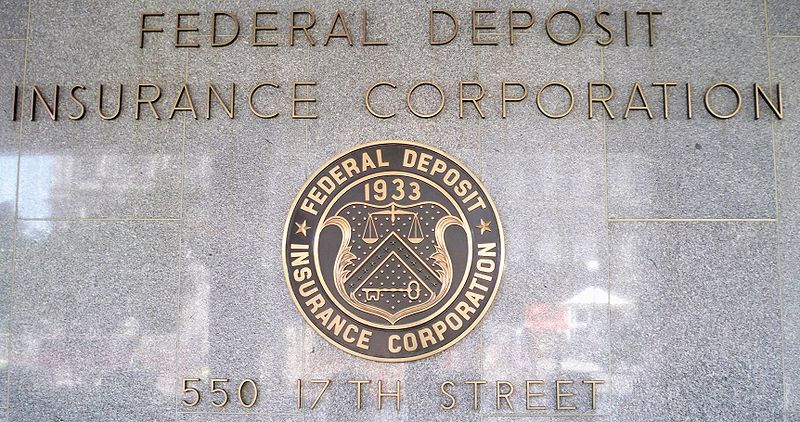Everyone has the experience of going a bank and seeing the tiny sign on the teller’s counter that says, “FDIC Insured.” You wonder to yourself, what is the Federal Deposit Insurance Corporation and what do they insure?
With the collapse of Silicon Valley Bank (SVB), it’s hard not to have flashbacks to the 2008 financial crisis. These recent bank collapses of Silvergate Bank, Silicon Valley Bank and Signature Bank have put the FDIC back in the spotlight. More than ever, it’s worth taking a look at why the FDIC exists and what they do when a bank fails.
The FDIC was born from New Deal legislation in the Banking Act of 1933.
“This is something that was created during the Great Depression for people to feel that their savings were safe in banks,” said Laura Gonzalez Alana, a professor of finance at Long Beach State.
When the stock market crashed in 1929, it sparked the Great Depression. One of the biggest factors that caused it was bank runs.
Bank runs are when a bank starts showing signs of instability, which causes depositors to panic and try to withdraw all their money at once. This caused banks to run out of money.
According to the Social Security Administration, 9,000 banks failed during the Great Depression, and $7 billion worth of depositors’ assets were lost.
Before the FDIC, banks would fail constantly, so when there were small signs of instability, it would cause even a healthy bank to fail. Depositors of these banks wouldn’t be able to get their savings out. Often, the money would just be gone with no explanation.
The only thing that makes an economy work is faith in the system, and what happened during the Great Depression was a complete lack of faith.
President Franklin D. Roosevelt looked to restore that faith with the Banking Act of 1933. During his very first fireside radio address, he said, “I can assure you, my friends, that it is safer to keep your money in a reopened bank than it is to keep it under the mattress.”
These days, many take for granted that their money will stay in the bank, and the idea that it could just be gone the next day isn’t even a passing thought.
According to the FDIC, they have never lost a single penny of insured deposits since their inception.
Even if a bank fails, the FDIC guarantees up to $250,000 per account is backed by the full faith and credit of the United States government.
This isn’t just people’s personal deposits; it can also include money for business payroll as well.
They also ensure that banks adhere to consumer protection laws such as the Fair Credit Billing Act, the Fair Credit Reporting Act and the Truth in Lending Act.
The FDIC claims that there is no burden to a taxpayer to have their deposits insured. Banks pay premiums to carry the insurance and ensure their customers’ deposits are safe.
However, Alana states that this is not always the case, as many banks pass the costs of premiums to their customers through increased fees and service charges.
When a bank does fail, the FDIC takes over either by taking on the bank’s assets and liabilities themselves or brokering the sale to another bank.
The overall point of the FDIC is for the customers not to notice them at all because bank runs are still possible to this day.
These days, customers may not even notice that their bank has failed until they see the bank has changed names, which shows that the FDIC’s job has been done.




